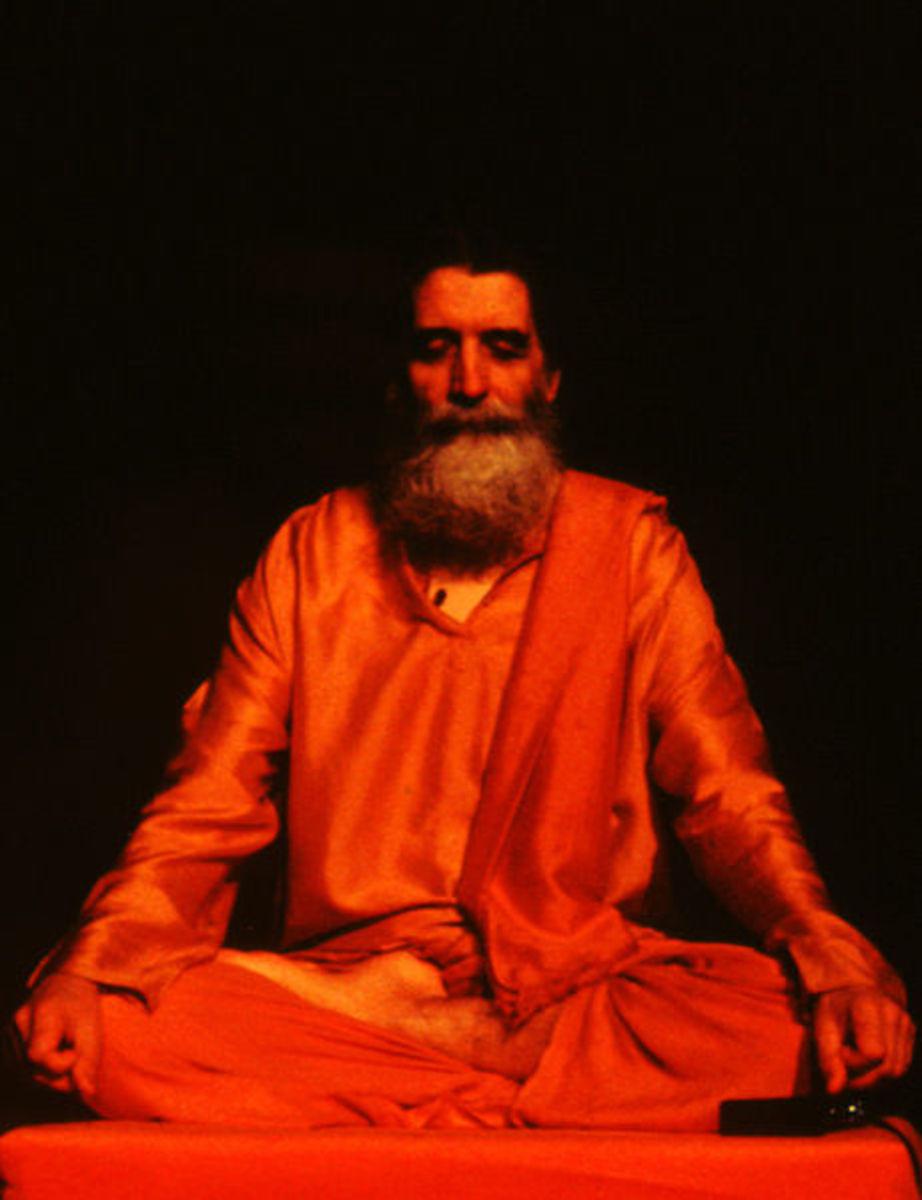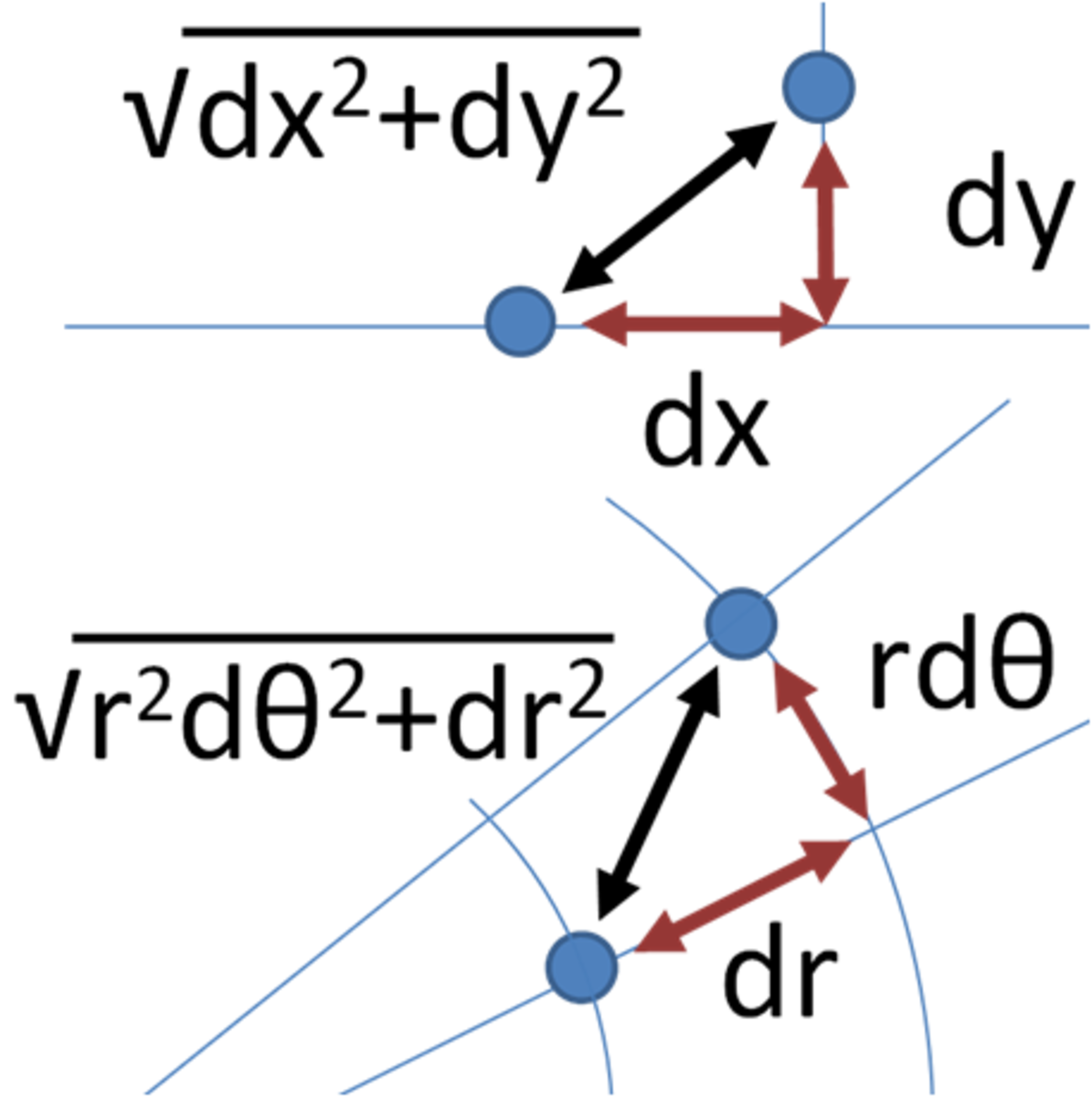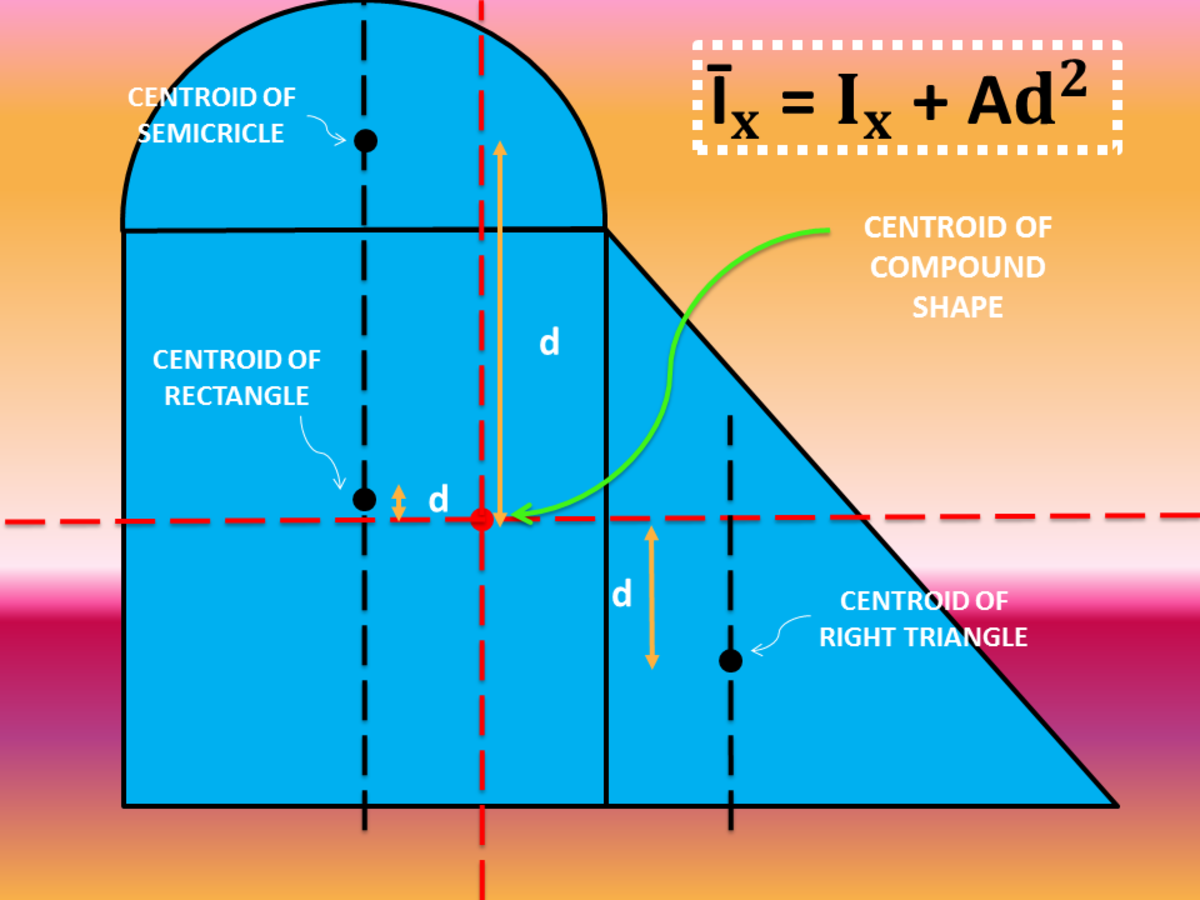Midnight - 24 Hour Clock Explained
Units Explained
Let's start by establishing a pattern.
- There are 1000 milliseconds in a second; each millisecond is numbered from 0 (zero) to 999.
- There are 60 seconds in a minute; each second is numbered from 0 (zero) to 59.
- There are 60 minutes in an hour; each minute is numbered from 0 (zero) to 59.
See that all our units are zero-based. Our first unit in the numbering system is zero, and the last unit is always one less than the total number of units in the parent unit. Let's continue.
- There are 24 hours in a day; each hour is numbered from 0 (zero) to 23.
Making Sense of Midnight
If you saw a time written down as "03:60" you would probably be in no doubt that something is fundamentally wrong. It makes no sense; there is no such time. Sixty minutes past three? We might hazzard a guess that the intended time might be "04:00", but because it breaks our standard convention we can't be sure. We automatically know that it is a mistake. After all, we never see the number 60 in the minutes part of our digital clock display.
Let's think about what we see when we look at a 24 hour clock. At 23:59:59 (59 minutes and 59 seconds past 11 o'clock at night) the time then changes to 00:00:00 (12 o'clock midnight). As the time changes to midnight, we also observe the date rolling over. We're at the start of a new day! In our zero-based numbering system, the first hour, minute and second (and millisecond etc, etc) of the day is zero. Subsequently, the last hour, minute and second of the day (as we discussed earlier) is one less than the total number of units in its respective parent unit. So, 23 hours, 59 minutes, 59 seconds, 999 milliseconds, etc, etc.
Conclusion
The correct 24-hour-clock notation for midnight is "00:00", which is the start of a new day and the exact moment the date changes. There can be no such time as "24:00" because this would require us to have 25 hour units (running from 0 to 24), which exceeds the number of hours in a day.







